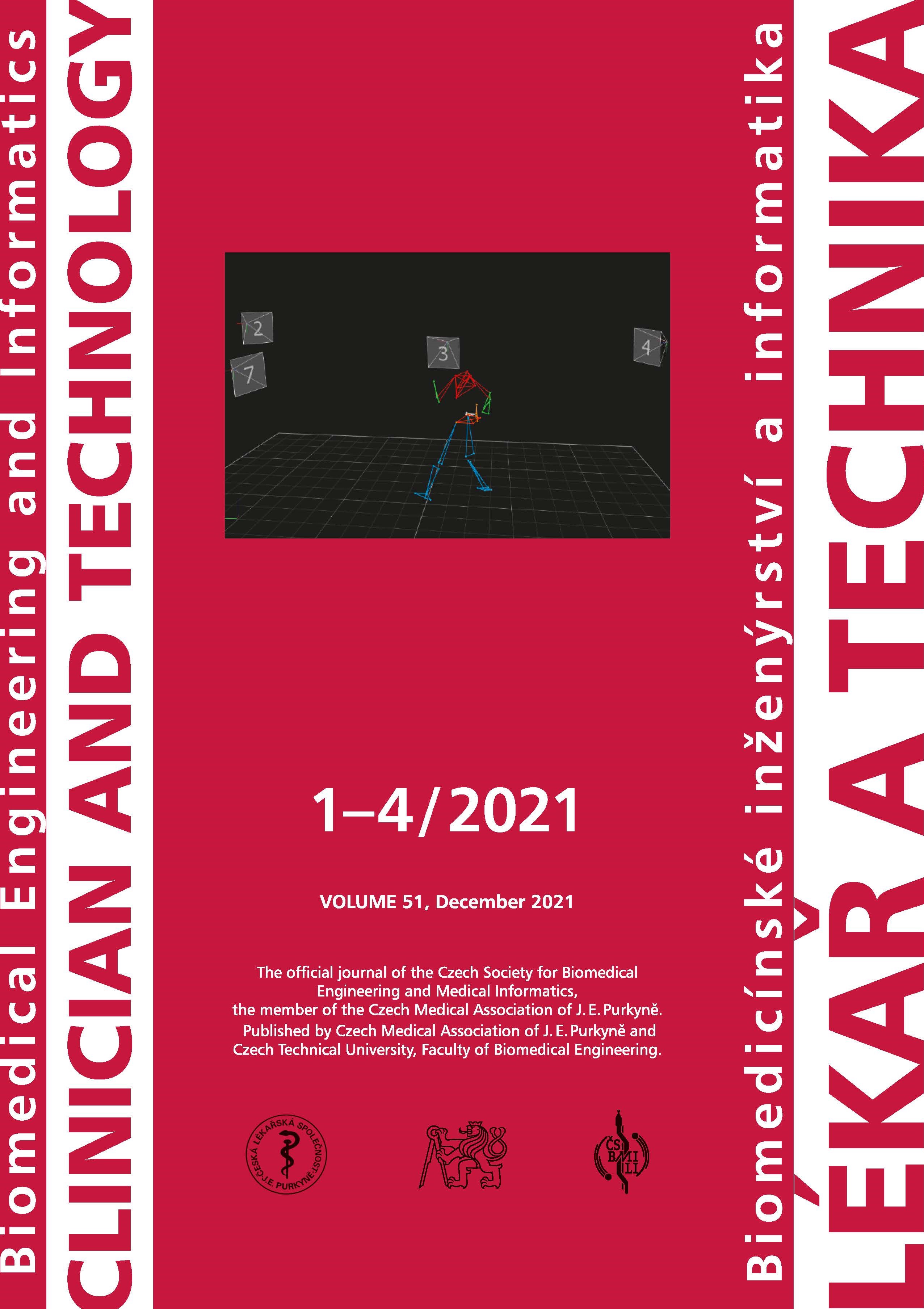SOFTWARE TOOL FOR ANALYSIS OF VOXEL HUMAN BODY MODELS
DOI:
https://doi.org/10.14311/CTJ.2021.1.09Abstract
The paper describes a software tool created to inspect the anatomical structures of any segmented voxel model of the human body for use in numerical analyses of the interaction of non-ionizing electromagnetic radiation with a metallic implant. A voxel model is a three-dimensional representation of the human body model in the form of a numerical array of indices that identify each element as belonging to a particular tissue, organ, or anatomical part. The process of virtual implant placement within these models while maintaining their anatomical limitations is complex and time-consuming. We have created a software tool in the MATLAB environment to simplify and speed up this process. As a representative case, we used the developed tool to identify three implantation sites of pacing electrodes within the cardiovascular system of the available AustinMan and AustinWoman models.
Downloads
Published
Issue
Section
License
Copyright (c) 2022 Maroš Šmondrk, doc. Ing. Branko Babušiak, PhD., doc. Ing. Mariana Beňová, PhD., prof. Ing. Ladislav Janoušek, PhD.

This work is licensed under a Creative Commons Attribution 4.0 International License.
Authors who publish with this journal agree to the following terms:
- Authors retain copyright and grant the journal right of the first publication with the work simultaneously licensed under a Creative Commons Attribution License (https://creativecommons.org/licenses/by/4.0/) that allows others to share the work with an acknowledgment of the work's authorship and initial publication in CTJ.
- Authors are able to enter into separate, additional contractual arrangements for the non-exclusive distribution of the journal’s published version of the work (e.g., post it to an institutional repository or publish it in a book), with an acknowledgment of its initial publication in this journal.
- Authors are permitted and encouraged to post their work online (e.g., in institutional repositories or on their website or ResearchGate) prior to and during the submission process, as it can lead to productive exchanges.
CTJ requires that all of the content of the manuscript has been created by its respective authors or that permission to use a copyrighted material has been obtained by the authors before submitting the manuscript to CTJ. CTJ requires that authors have not used any copyrighted material illegally, as for example a picture from another journal or book, a photo, etc. It is the author’s responsibility to use only materials not violating the copyright law. When in doubt, CTJ may ask the authors to supply the pertinent permission or agreement about the use of a copyrighted material.
The opinions expressed in CTJ articles are those of authors and do not necessarily reflect the views of the publishers or the Czech Society for Biomedical Engineering and Medical Informatics.


